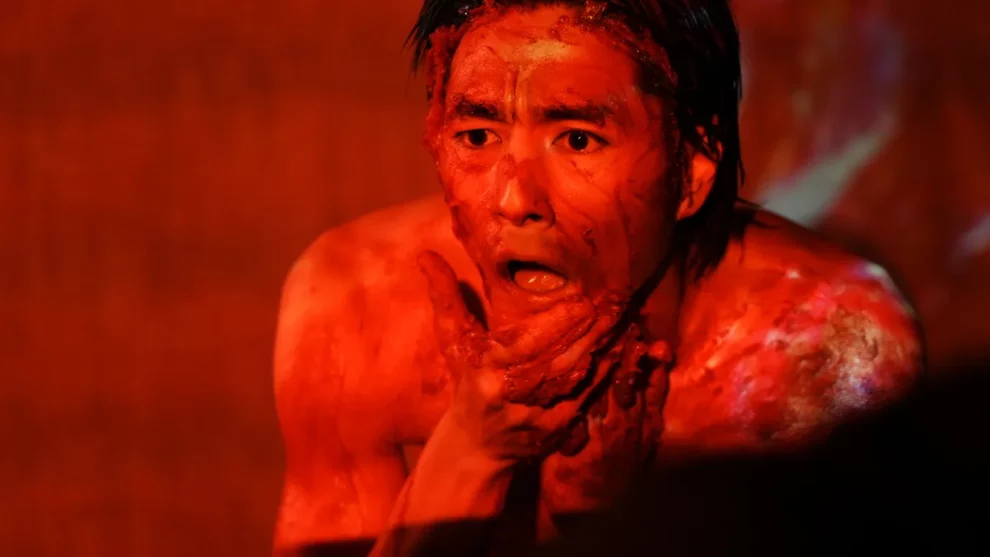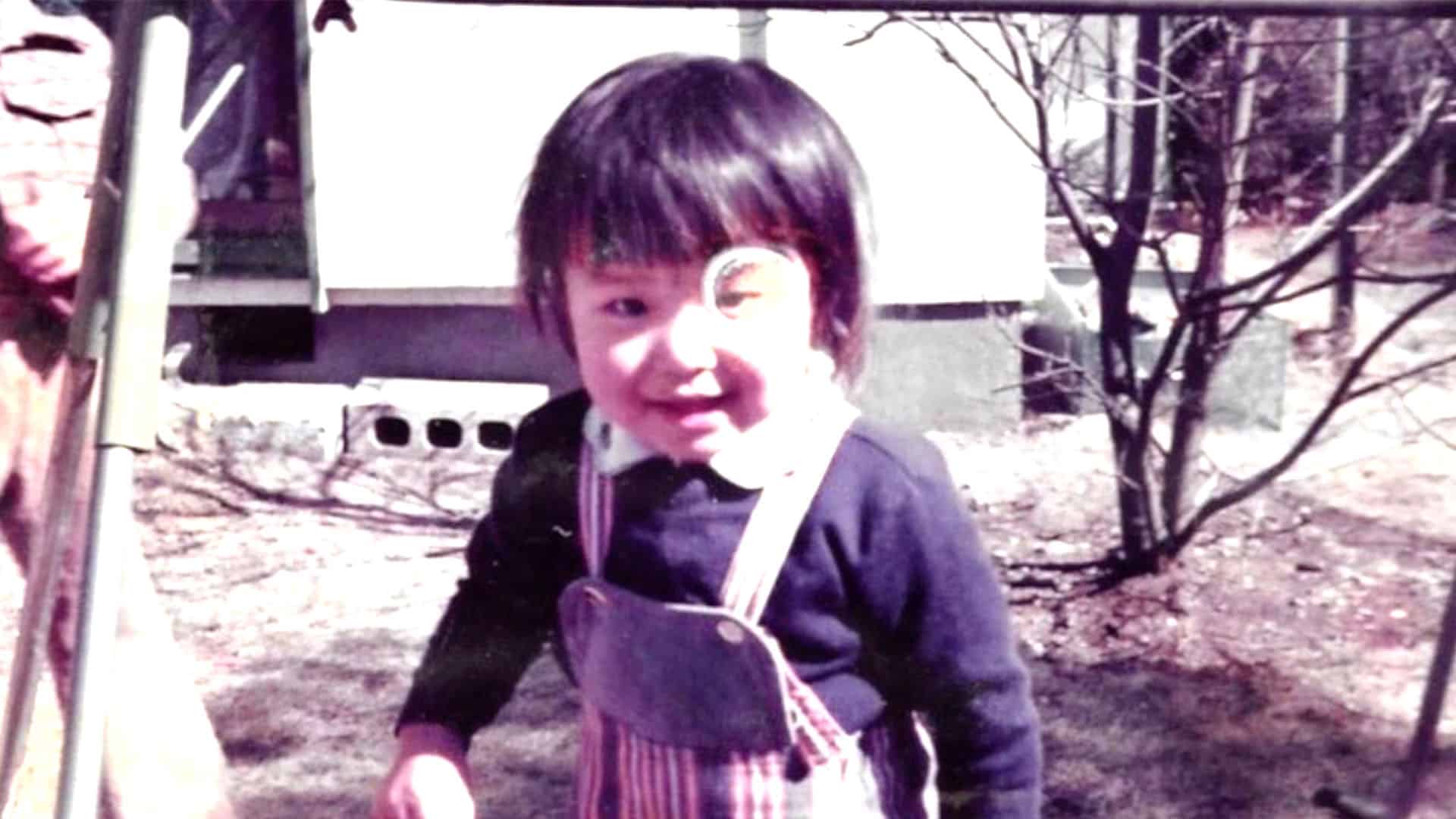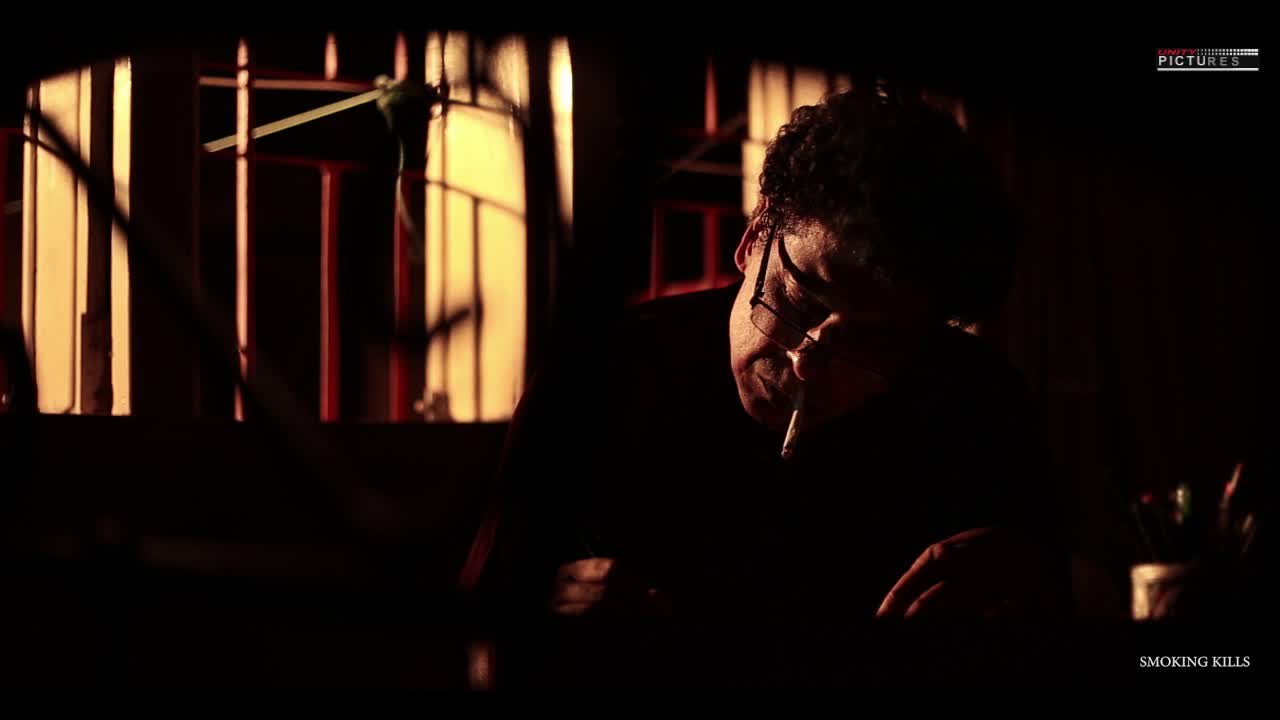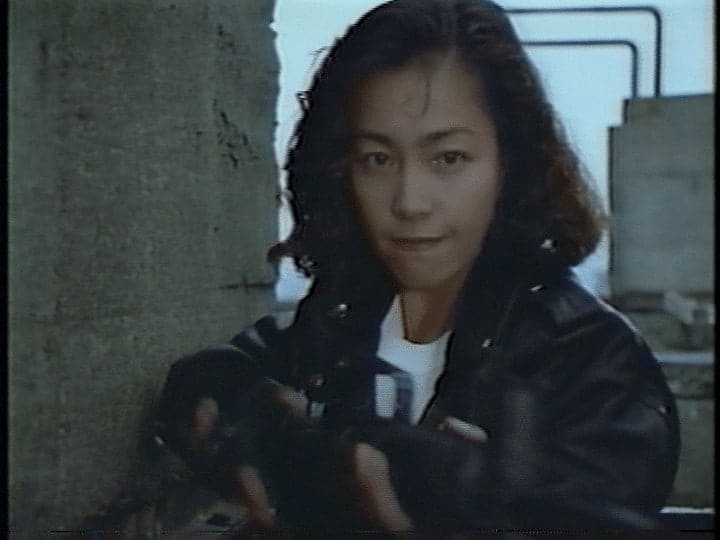Like many other artists born in the 19th century, Kaita Murayama met a tragic end. His future as a young painter and prodigious poet was brutally cut short by tuberculosis which took his life in 1919, when he was aged just 22. Having been forgotten by the general public, Murayama is now being celebrated on the hundredth anniversary of his death after around one hundred of his early works were unearthed. Known for his flamboyant, wild, impulsive and indeed inflammatory style, Murayama uses flat tints of red paint to make his subjects' skin stand out against a dark background. (Source: https://pen-online.com/arts/kaita-murayama-the-dazzling-artist-rediscovered-100-years-after-his-death/). Hisayasu Sato, who once more manages to leave his pinku film past behind, through an avant-garde film this time, but also to retain a sense of (perverse) sensualism, offers a surreal, intense, experimental movie that draws much from the artist's life and work.
Dear Kaita Ablaze is screening at International Film Festival Rotterdam

Azami is a young woman obsessed with Murayama's paintings, with her obsession eventually transferring to young man Saku, who seems to be a medium for Murayama. Along with a quartet of young performers, acquaintances of Azami, the two of them embark on a trip that eventually brings them into a secluded area and a cave that Saku uses as his screening room. As the concept of Agartha also becomes part of the events, the artists begin to recreate Murayama's work through performative dance, while Azami learns more about Saku's past and comes closer to him.
Hisayasu Sato directs a film that goes through a number of genres, aesthetics and approaches, all the while retaining a sense of mystery, disorientation, perversion and mysticism. In that fashion, the movie begins with some voyeuristic scenes of spying on people in an urban setting, while eventually human experiments in cyberpunk fashion and a focus on human urination become parts of the narrative. As soon as the story is transferred to the somewhat bucolic setting of the cave and its surroundings, the presentation of the performances induces the movie with a more artistic approach.
At the same time, the inclusion of the devil tongues and their visual presentation, as much as the intense focus on the mouths of the protagonists including the sound, adds a sense of perversion which occasionally crosses into exploitative territory, while the surrealistically depicted sex scenes move the film into the erotic. All the while, the spirit of Murayama, through his works, seems to permeate and dictate the narrative, in an abstract way that still allows, though, a kind of homage to the artist and a comment regarding the connection between art and life.
The visuals here are definitely among the movie's best traits, even if the SFX on occasion look kind of cheap. Shigenori Miki's capturing of the various settings and instances is truly masterful, with the opening voyeuristic scenes, the road movie ones, the cave, the beach, the suicide forest, the erotic ones and the performances all being quite impressive to watch. The intense coloring on occasion, and particularly the reds add even more to this prowess, as does the presentation and impact of the masks, cementing an overall excellent job in that department. Kunihiko Ukai's editing results in a relatively slow pace, with the cuts adding to the overall sense of disorientation, which is also one of the central elements of the narrative.
The acting is induced with a sense of theatricality that becomes quite evident in Riho Sato's performance as Azami, as much as in the actors who portray the performers. Yuya Shintaro on the other hand is more detached and laconic as Saku, with the antithesis working quite well for the movie.
In “Dear Kaita Ablaze,” Hisayasu Sato masterfully resurrects the forgotten artist Kaita Murayama, blending genres and aesthetics to create a surreal and extreme journey through mystery, perversion, and mysticism, while retaining a very appealing visual artistry from beginning to end.















